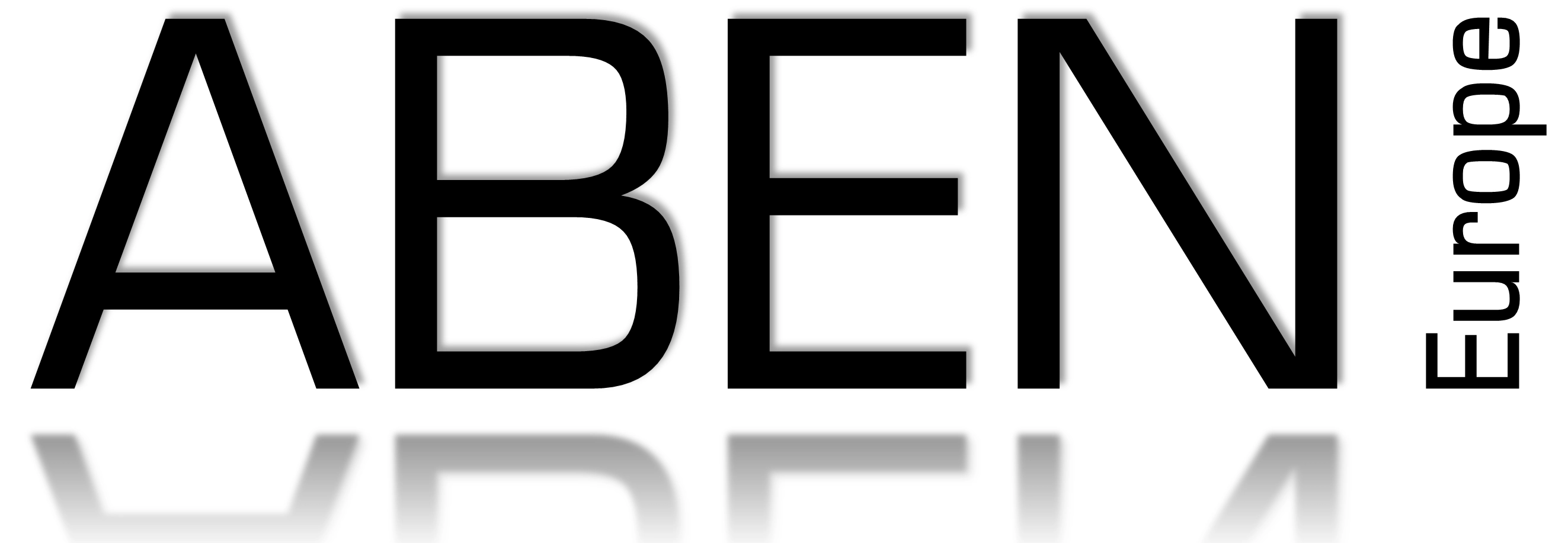SLA: A Designer's Guide
Stereolithography (SLA) is an additive manufacturing process that utilizes a photopolymerisation technique to create highly detailed and precise components. This guide provides best practices and key considerations for designing components intended for SLA manufacturing.
1) Understanding SLA
1.1 How SLA Works
Photopolymerisation: SLA uses a UV laser to cure liquid photopolymer resin layer by layer to form solid objects.
Resolution and Precision: SLA offers high-resolution prints with fine details and smooth surfaces, making it suitable for intricate designs.
2) Design Considerations
2.1. Wall Thickness
Minimum Wall Thickness: Typically, the minimum wall thickness for SLA should be around 0.5 mm to ensure structural integrity.
Uniformity: Maintain uniform wall thickness where possible to reduce the risk of warping or structural weaknesses.
2.2. Overhangs and Supports
Supports: Overhangs greater than 1 mm usually require supports. Design with support structures in mind to ensure they can be easily removed without damaging the part.
Angles: Limit overhangs to angles of less than 45 degrees to minimize the need for supports.
2.3. Surface Details
Minimum Feature Size: Ensure fine features such as text or intricate patterns are at least 0.1 mm in size for them to be accurately reproduced.
Embossed and Engraved Details: Embossed features should be at least 0.2 mm high, while engraved features should be at least 0.2 mm deep.
2.4. Hollow Structures
Drainage Holes: Incorporate drainage holes in hollow structures to allow uncured resin to escape. A minimum diameter of 3.5 mm is recommended for these holes.
Internal Supports: For large hollow structures, consider adding internal supports to maintain structural integrity during printing.
3) Geometric Constraints
3.1. Size Limitations
Build Volume: Be aware of the build volume of the SLA printer. The maximum part size which Aben Europe can produce is around 800 x 800 x 400 – depending on the resin required. Please see the table on our web site for more details.
Segment Large Designs: For larger components, consider designing them in segments that can be assembled post-printing. Alternatively, we can ‘cut’ up the CAD models and join them with high strength adhesive. Using this approach, the largest single part we have delivered is a model of a full sized horse!
3.2. Tolerances and Fits
General Tolerances: Aim for a tolerance of ±0.1 mm for most parts.
Assemblies: For components designed to fit together, incorporate a clearance of 0.2 mm to ensure a proper fit.
4) Material Selection
4.1. Size Limitations
Standard Resins: Suitable for general-purpose parts with a smooth finish.
Engineering Resins: Offer improved mechanical properties like toughness, flexibility, and temperature resistance.
4.2. Mechanical Properties
Strength and Durability: Consider the mechanical properties of the chosen resin to ensure it meets the application requirements.
Post-Processing: Some resins may require post-curing to achieve optimal mechanical properties.
5) Post-Processing
5.1. Support Removal
Manual Removal: Use tools like pliers or scalpels for careful removal of support structures.
Sanding and Finishing: Sanding, polishing, or other finishing techniques can be used to smooth out support marks and improve surface finish.
5.2. Curing
UV Curing: Post-curing with UV light is essential to achieve the final material properties. Follow the resin manufacturer's guidelines for exposure time and intensity.
5.3. Painting and Coating
Surface Preparation: Clean and possibly prime the surface before painting to ensure good adhesion.
Compatible Materials: Use paints and coatings compatible with the resin material to avoid adverse reactions.
6) Design for Assembly (DFA)
6.1. Snap Fits and Joints
Design Clearances: Design snap fits and other joints with appropriate clearances to account for the precision of SLA.
Stress Points: Reinforce areas that will experience high stress to prevent failure during assembly or use.
6.2. Threaded Inserts
Insert Placement: Design holes for threaded inserts, which can be added post-printing for durable threaded connections.
Heat-Set Inserts: For added strength, consider using heat-set inserts that can be pressed into place.
7) Design Validation
7.1. Prototyping
Initial Prototypes: Create initial prototypes to test design features and fit before finalizing the design.
Iterative Testing: Use iterative testing and feedback to refine the design for optimal performance and manufacturability.
7.2. Simulation and Analysis
FEA Analysis: Use Finite Element Analysis (FEA) to predict how the part will behave under load and make necessary design adjustments.
Print Simulations: Simulate the printing process to identify potential issues with supports, overhangs, and warping.
8) Summary
Designing for SLA printing involves understanding the capabilities and limitations of the technology. By considering factors such as wall thickness, supports, surface details, and material properties, you can optimize your designs for successful and high-quality prints. Always validate your designs through prototyping and simulation to ensure they meet the desired specifications and performance criteria.
By adhering to these guidelines, you can leverage the strengths of SLA to create precise, detailed, and functional components for a wide range of applications.
